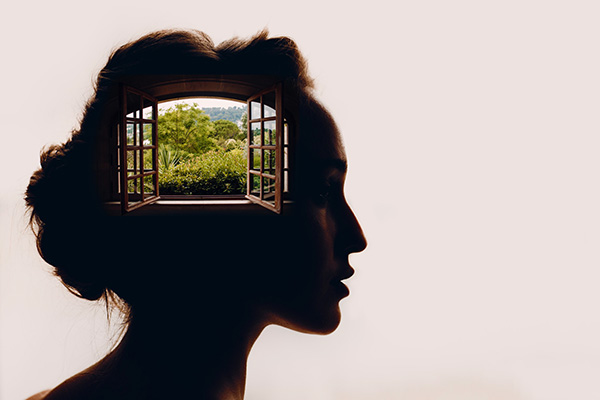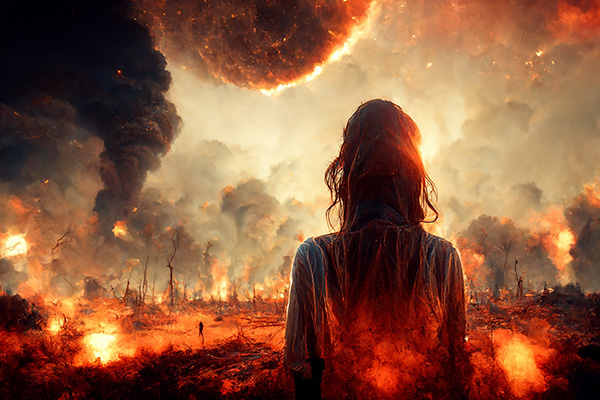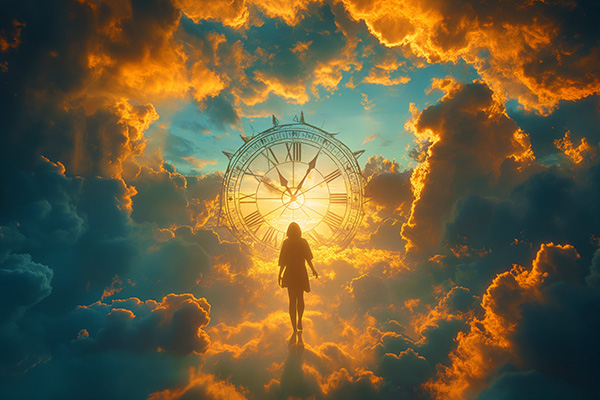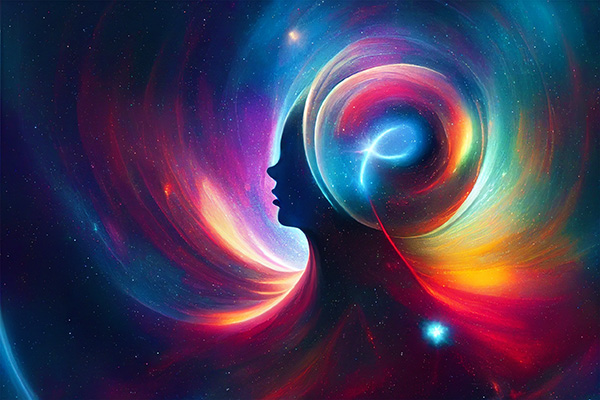omen
Always Keep An Open Mind In Psychic Readings
 In high school, I predicted that a friend of mine would lose something valuable and then have a car accident shortly thereafter.
In high school, I predicted that a friend of mine would lose something valuable and then have a car accident shortly thereafter.
I also warned him that the loss of something valuable would be an omen: a sign from the universe for him to be more careful and responsible.
He looked at me like I was crazy.
A few months later he lost his wallet because he had been careless. He later told me it reminded him of what I had said and it shook him up enough to start being more careful in his daily life. He even stopped his bad habit of never using his seat belt when driving.
Good thing he did. A few months later, he drove his car off a cliff! The police officer told him that he would have been killed if he had not been wearing his seat belt.
He brought up the story at our ten-year high school reunion and praised me as the person who saved his life. Of course, I did not mention the eye-rolling and “you’re crazy” look he gave me at the time. Besides, saying “I told you so” is not very dignified.
Not much has changed since high school. As a professional psychic, I still have to tell my clients things that makes them doubt our connection or my ability, and sometimes even my sanity! You learn to suck it up and deal with the raised eyebrows and side-eyes.
I understand how it feels for them, because I have had to keep an open mind as a psychic client, too. Many years ago, a medium told me that I would also work as a psychic one day. I thought this was really strange because I had been in the performing arts most of my life, and in my mind there was no way she could be right. But here I am today. Even psychics don’t always know where life is taking them.
The Day The Angels Saved My Life
 I know now that my angels kept me from going to work that day for a reason. I have also learned since that I still had work to do that was important enough to keep me safe from injury or worse.
I know now that my angels kept me from going to work that day for a reason. I have also learned since that I still had work to do that was important enough to keep me safe from injury or worse.
I will never forget the day of the highway accident. It was September 3, 1999, and I had asked to be excused from work, which I never did. I was an office manager at a tool shop, working under a very arrogant accountant who had control issues with the employees.
I had worked there for several years without ever asking for extra time off, but he said no. He didn’t think I should have the day off because it was already a long weekend for us in Canada. The Labor Day holiday would have given me a four-day weekend instead of a three-day weekend.
He then threatened that I would lose my job if I took the day off because he didn’t approve of it and had no intention of changing his mind. But my gut was telling me very strongly that I simply could not go to work that day, I had to take it off. I didn’t know why at the time, I just knew I had to stay home.
So I did the only thing I could think of since my job security was in jeopardy – I went over his head to the owner and got the day off anyway! I later thanked the angels that I did that.
The accident happened about the same time I usually drive through the area on my way to work. I worked in Windsor, Ontario and lived in Valetta, which is almost an hour away. Every day I would get on the Queensline exit, east of Tilbury, and take the 401 to Oldcastle, where the 401 meets the highway. I have to admit I didn’t always drive the speed limit back then. I shudder to think what would have happened to me if I had driven my usual route to work that day!
The Missed Opportunities Of Prophetic Predictions
 Psychics and mediums are mostly known only for giving personalized predictions and spiritual advice tailored to individual clients. People often come to us for help with personal issues such as relationships, career choices, and other life concerns.
Psychics and mediums are mostly known only for giving personalized predictions and spiritual advice tailored to individual clients. People often come to us for help with personal issues such as relationships, career choices, and other life concerns.
But there’s a bigger picture that doesn’t get as much attention: the role of some highly gifted psychics in making large-scale predictions that address collective challenges or foresee major events that affect everyone. These larger prophecies, such as warnings of natural disasters, economic crises, or global conflicts, are often unrecognized, overlooked, and even ridiculed.
Large-scale prophecies can have a big impact on the greater good if they were to be taken more seriously. If documented and acted upon, they can help society prepare for significant events and improve overall well-being.
In our modern world, the value of prophetic insights from today’s psychics and mediums is more relevant than ever. While prophecy may seem outdated compared to modern science and technology, these predictions can help us navigate the uncertainties and complexities of the future.
At their core, prophetic predictions are warning messages from the spirit realm, universal consciousness, the divine. They’re not random or whimsical; they’re meant to guide humanity by giving us glimpses into possible future scenarios. These visions are also not meant to interfere with our free will, but to alert us to possible outcomes so that we can take proactive steps to prevent or mitigate any negative effects.
Seeing The Future In Precognitive Dreams
 Many people will tell you that they’ve had a precognitive dream at some point in their lives. In short, this is a dream that somehow revealed or predicted a future event or circumstance. Literature, myth, and history are filled with stories of such dreams, from ancient times to the sinking of the Titanic.
Many people will tell you that they’ve had a precognitive dream at some point in their lives. In short, this is a dream that somehow revealed or predicted a future event or circumstance. Literature, myth, and history are filled with stories of such dreams, from ancient times to the sinking of the Titanic.
The concept of precognitive dreams has fascinated mankind for centuries. In ancient cultures, dreams were seen as messages from the gods or the universe, guiding individuals through their waking lives.
The Bible, for example, contains numerous accounts of prophetic dreams, such as Joseph’s dreams that foretold his rise to power in Egypt. These stories underscore the long-held belief that dreams can provide glimpses into the future.
But how much truth is there in the idea of dreaming the future? Is it really a thing?
Throughout history, people have reported dreams that seemed to predict future events. These precognitive dreams, as they’re called, have included personal tragedies, world-shaping conflicts, and even scientific breakthroughs.
Carl Jung, a prominent Swiss psychiatrist and psychoanalyst, was interested in the phenomenon of precognition in dreams. He believed that dreams could sometimes contain elements of future events or insights that were not consciously available to the dreamer. Jung coined the term “synchronicity” to describe meaningful coincidences that defy conventional explanations of cause and effect, suggesting a deeper connection between the psyche and external events.


